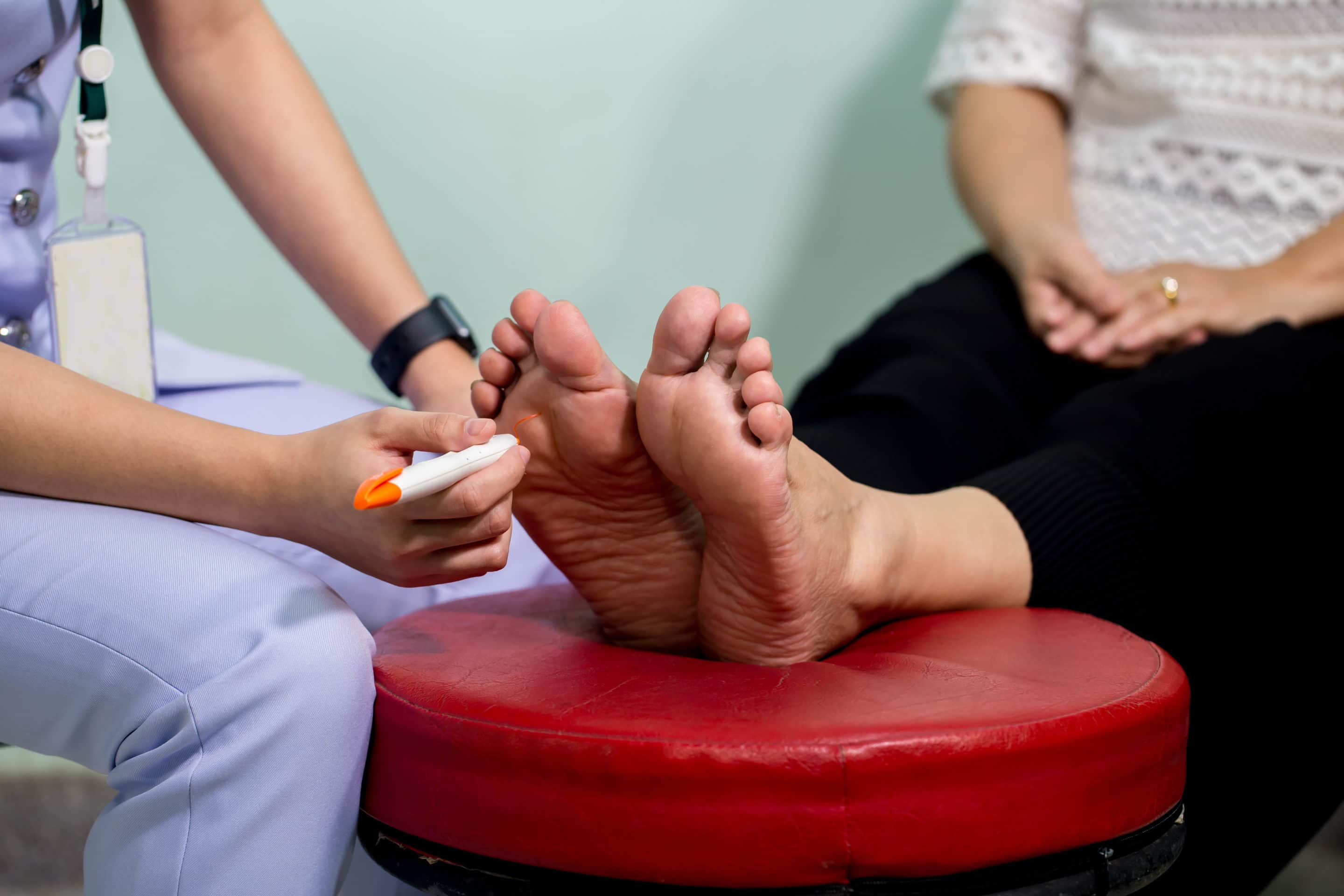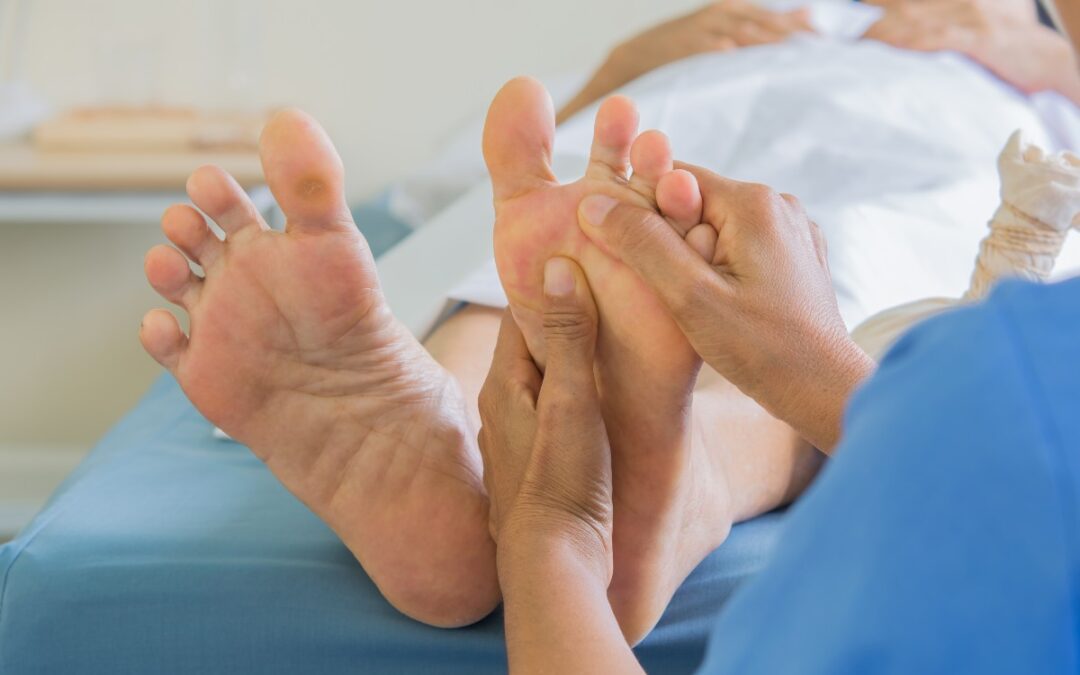How to Heal Diabetic Wounds Faster
Diabetic foot wounds, also known as diabetic ulcers, are open sores that typically form on the bottom of the foot. These wounds are a frequent complication of diabetes, affecting about 15% of people with the condition at some point.
Why Do They Occur?
Diabetic foot wounds can develop due to several factors, including:
- Neuropathy: High blood sugar levels can lead to nerve damage, resulting in a loss of sensation in the feet. Without feeling pain or discomfort, minor injuries may go unnoticed and worsen over time.
- Poor Circulation: Diabetes can cause blood vessels to narrow, reducing blood flow to the feet. This impairs the body’s ability to heal wounds efficiently.
- High Blood Sugar: Elevated blood sugar levels slow down the healing process and increase the risk of infection.
Tips to Heal Diabetic Wounds Faster
Maintain Healthy Blood Sugar Levels
Managing blood sugar levels is vital for wound healing. High glucose levels can weaken the immune system, hindering the body’s ability to fight infections and repair wounds.
- Regular Monitoring: Keep track of your blood glucose and make necessary adjustments to your diet, medication, or insulin.
- Balanced Diet: Eating a diet rich in vegetables, lean proteins, whole grains, and healthy fats helps maintain stable blood sugar levels.
Practice Proper Wound Care
Effective wound care prevents infection and supports faster healing.
- Daily Cleaning: Gently clean the wound with mild soap and water. Avoid harsh antiseptics that could damage healthy tissue.
- Sterile Dressing: Cover the wound with a clean, sterile bandage to protect it from dirt and bacteria. Change the dressing as directed by your healthcare provider.
Use Antibiotics When Needed
Infections can delay healing and cause severe complications. Contact our specialists if you notice signs of infection like redness, warmth, swelling, or pus.
- Topical Antibiotics: Apply antibiotic ointment as prescribed.
- Oral Antibiotics: If necessary, oral antibiotics can help clear the infection.
Enhance Blood Circulation in Your Feet
Proper circulation delivers oxygen and nutrients to the wound site, promoting healing.
- Regular Exercise: Low-impact activities like walking, swimming, or cycling can improve blood flow.
- Quit Smoking: Smoking constricts blood vessels, reducing circulation and slowing wound healing.
Reduce Pressure on the Wound
Minimizing pressure on the wound prevents further damage and aids recovery.
- Offloading Devices: Special shoes, braces, or crutches can help take pressure off the wound.
- Custom Orthotics: Customized shoe inserts provide support and reduce pressure on the affected area.
Consider Advanced Wound Care Options
If traditional wound care isn’t effective, advanced treatments can speed up healing.
- Debridement: Removing dead or infected tissue promotes healing.
- Hyperbaric Oxygen Therapy: High levels of oxygen are delivered to the wound, boosting the body’s healing process.
- Growth Factor Therapy: Applying growth factors stimulates tissue repair and regeneration.
Stay Proactive with Professional Care
Routine monitoring and professional care are key to managing diabetic foot wounds.
- Regular Check-Ups: Visit our experienced podiatrists for regular evaluations and updates to your treatment plan.
- Ongoing Education: Stay informed about diabetic foot care and the latest treatment options.
Faster healing of diabetic foot wounds requires a holistic approach, including proper blood sugar management, consistent wound care, improved circulation, and professional medical guidance. By adopting these strategies, you can minimize complications and support effective healing.
For tailored advice and expert care for diabetic foot wounds, schedule with us today! We’re here to help you take proactive steps for healthier feet.




